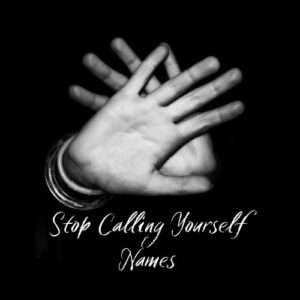
During his annual evaluation, Brian’s boss told him there were some areas that needed improvement. When his partner later asked how the meeting went he said, “ It was a disaster; I’m terrible at this job.”
This is an example of a common thought error called All-or-Nothing (aka Black-and-White) Thinking. What happened to Brian is that his brain gave him only two possible outcomes; either he got perfectly positive feedback in every possible area or he concluded it was a disaster and he’s terrible at his job.
The brain loves using shortcuts, but seeing things in black and white is especially pervasive and can do damage to our mental health. On the one hand shortcuts helps us come to conclusions quickly and minimize the mental effort of having to consider things outside the box. On the other hand the more shortcuts our brain uses, the more the risk of causing ourselves unnecessary emotional pain.
Another reason the mind leans towards this particular shortcut is because it offers the illusion of certainty. We, humans, have an instinctive aversion to uncertainty so when faced with unclear choices or trying to assess ourselves or others, we often unconsciously resort to polarizing thought patterns. Here are some examples:
If I’m right, you’re wrong (or vice versa)
Someone is good or bad
It’s either your fault or mine
I’m either a failure or a success, a loser or a winner.
I can either stay or leave
I’m healthy or unhealthy
I’ve got things under control or I’m a mess
Things are working out perfectly or not at all
This habit of seeing things through a lens of extremes also indicates underlying perfectionist tendencies. One small error is seen as complete failure or one unanswered text turns into seeing ourselves as totally worthless. When we narrow our focus in this way, we impair problem-solving and creative thinking skills.
Antidote #1: Once you recognize this distortion see if you can find the middle ground. Dr. David Burns calls this the Shades of Gray Method. Instead of seeing things in black and white, try finding the shade of gray. Most of our experiences are more nuanced and complex than our mind would like to deal with, but when we give in to the tendency to see things as all or nothing, we create false simplicity that can back us into a painful corner.
Antidote #2: Challenge your thinking by asking yourself questions. When you notice your brain offering you a thought that reflects an all-or-nothing perception, try these out to see if you can widen your cognitive lens:
Is it possible the opposite/other side could also be true?
What could I be missing here?
How could I be wrong about this?
What other options am I not seeing yet?
How could both things be true?
Am I willing to consider someone else in this same situation who could think something differently here? Like what?
If this is a subject you want to learn more about check out Dr. David Burns podcast on the subject here
Do you want to know how to spot more of your brain’s lies and take charge of your emotional health? Check out my self-paced program here.



